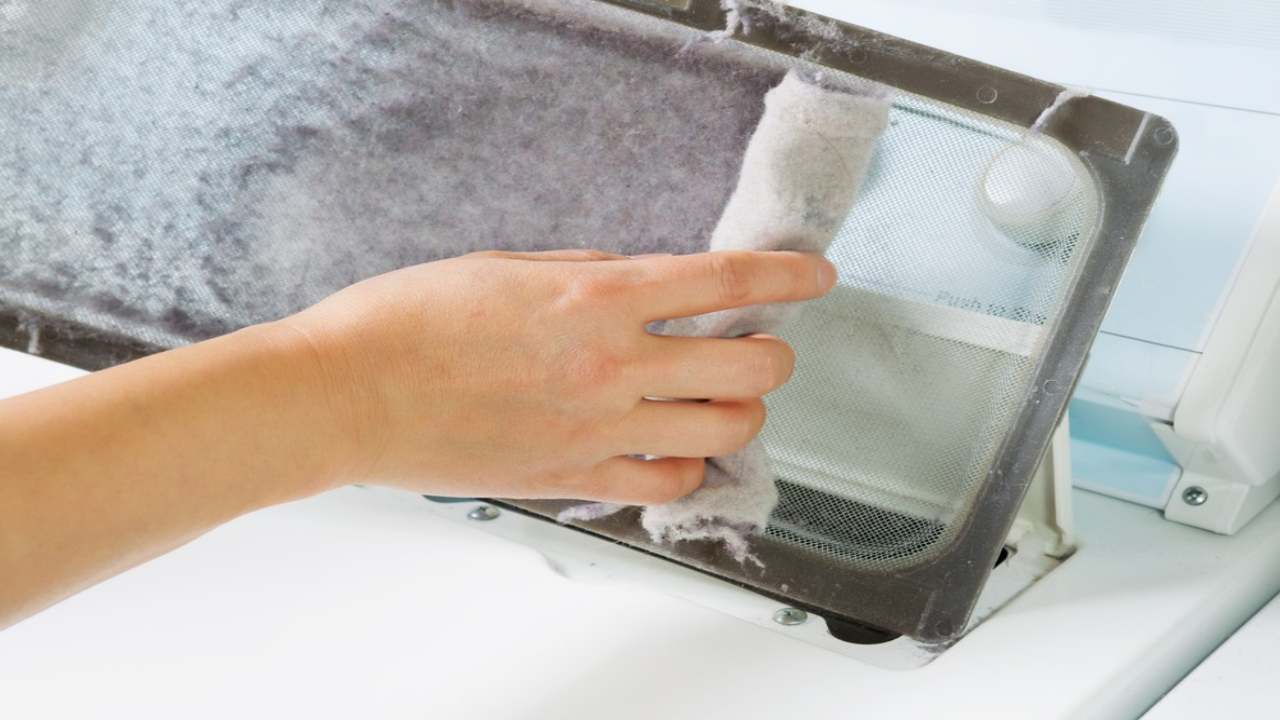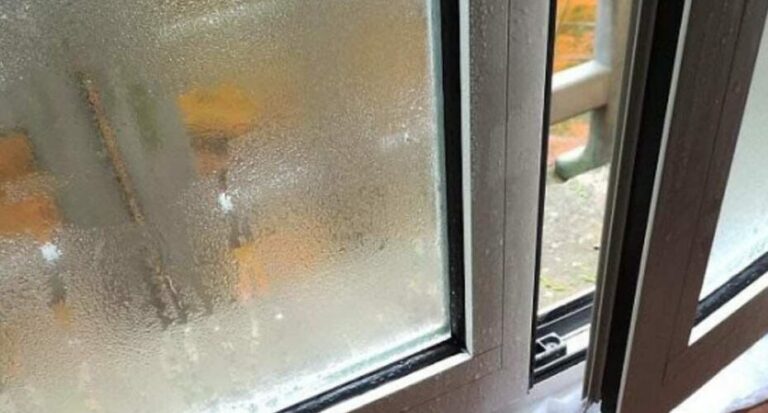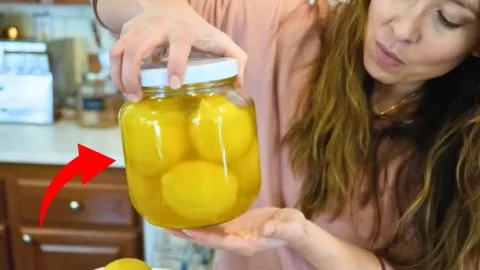Dryer, why it’s full of lint and how to fix it
Inside the dryer, waste forms, lint, which must be removed, but which can be reused in many ways.Lanugine-Imilanesi.nanopress.it
With a view to a circular economy that is increasingly present in the lives of many people, when possible, it would be better to reuse everything we produce at home. Even what might seem like waste can be recycled in a creative way.
One of these is the lint that forms inside the dryer . It is certainly important, for the correct functioning of the machine, to free it from lint that items of clothing lose during drying.
In particular due to sweatshirts , wool sweaters and terry towels . These stop in a special filter which must be cleaned regularly every time the dryer is reused . A fundamental cleaning that allows you to keep the machine in perfect condition .
Always clean the dryer filter that collects lint very well
Typically, the lint that collects from the filter is thrown away in the trash. It is possible, however, to recover it in a creative way and reuse it. One of the many ways to recycle it is to use it to absorb oil or anything oily that has fallen to the ground.
Or, if some of our children’s puppets are left without stuffing , we can replace it with this fluff. It is also an excellent “scrap” for lighting the fireplace or stove.
You insert a little into the paper tube of the toilet paper roll, then close it on both sides and place it in the fireplace or stove when you turn it on .Dryer-Imilanesi.nanopress.it
For plants that need to be covered during the winter it can be used instead of mulch. Or, again, to prepare modeling clay for children. It is used instead of newspaper .
So, you take the fluff, wet it and then add some vinyl glue. The modeling compound must be soft. After creating what your imagination suggests , just let it dry and harden and you’re done.
The many ways to recycle lint, from composting to protecting fragile objects at home
It can also be used as an enrichment for compost. In this case, however, you need to be sure that the fluff is the waste of natural fabrics . It should be spread on the soil and watered .
It is also an excellent way to protect fragile objects, perhaps during a move. Instead of buying plastic, you can wrap cups, glasses, plates and much more.





